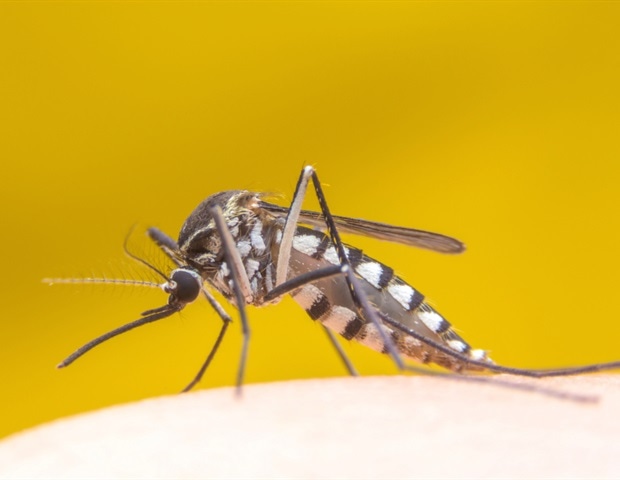A team of Bolivian health authorities, U.S. Navy health experts based in Lima, Peru, and the U.S. Centers for Disease Control and Prevention has characterized "Chapare arenavirus," a previously unrecognized arenavirus, discovered in serum samples from a patient in rural Bolivia who eventually died of the infection.
Named after the Chapare River in the eastern foothills of the Andes, the new Chapare arenavirus produces clinical hemorrhagic symptoms similar to those associated with other New World arenaviruses, such as the Junin, Machupo, Guanarito, and Sabia viruses. Genetically, however, Chapare is different from each.
Junin, Machupo and Guanarito viruses have been associated with large outbreaks of hemorrhagic fever. Initial symptoms often include fever, malaise, muscle aches, nausea, vomiting, and anorexia, followed later by hemorrhagic symptoms. Untreated, more severe neurologic and/or hemorrhagic symptoms may develop, and death occurs in up to 30%.
In this study, the authors first tested for yellow fever and dengue hemorrhagic fevers, but results were negative. Tests for Machupo and other related viruses also were negative. Sequence analysis of specific segments of the virus later confirmed it as a unique member of the Clade B New World Arenaviruses.
Due to the remote nature of the region where the case occurred, only a limited description of a possible cluster of cases in the area was determined.
"Further surveillance and ecological investigations should clarify the nature of the health threat posed by the Chapare virus, and give us better information on the source of human infection," says CDC virologist Tom Ksiazek of the Special Pathogens Branch.
"We need to learn more about this virus: how it is related to the other arenaviruses, how it causes disease, where it lives in nature," says Ksiazek. "Together with our colleagues in Bolivia and Peru, we're anticipating a more intensive investigation that improves our understanding of the virus, the disease it causes, and its ecology."
The full study can be found here:
